Adobe reveals 3D design trends in new study
The design world is an increasingly physical place, where objects that were once drawn, now flow, bounce and burst. Edges that used to be flat, now have crunch, squidge and sheen. As the gap between the real and the virtual world grows smaller than ever, 3D design presents one of the most exciting frontiers in the visual culture.
Researching into the length and the breadth of work currently being created, Adobe has identified a handful of trends that are leading the conversation and offer hints on what comes next for 3D.
The 3D trends report suggests 'household objects', 'uncanny avatars', textures and materials and nature, as this year’s trends. New technologies like Adobe Substance 3D are articulating the ever-growing ambitions of designers in all their vivid, detail.
Emerging 3D design Trends to keep your eye on
- Just have fun
Working in 3D doesn’t necessarily have to mean dealing with harsh realities. Plenty of designers and creators are utilising the medium to explore their playful sides. From animation that captures the childlike wonder of cartoons, to work full of bright, primary colours and spongy, squidgy materials, 3D design often embraces its gleeful, goofy side. As a creative, 3D gives you licence to return to what excited you about art and play as a kid. You have the tools to make work that is tactile and physical, so use them! Don’t limit yourself to being refined or overly technical. Experiment with shapes. Invent weird characters. Push the boundaries of good taste and rediscover your inner child
- Visualizing Science
3D doesn’t just offer potential for the arts. In the fields of science and technology, programmes like Adobe Substance are allowing users to create visual tools to facilitate learning and development. From models of DNA strands to mapping weather patterns – from sports-scientists illustrating the motion of different muscles, to engineers building complex virtual machines – 3D design is revolutionising the visual language of scientific innovation. The applications, and implications, of this are massive. For scientists, it means being able to easily visualise their material with previously unmatched levels of accuracy and detail. And for the rest of us, it means gaining access to otherwise inaccessible worlds: from the structures of the human body, to the inner-workings of aeroplanes. In the world of science and technology, 3D design becomes more than a tool for just illustration. It’s a means of understandin
- Think Maximalism
Artists and designers working in 3D right now are thinking big. So perhaps it’s no mistake that maximalism is proving to be one of the fastest growing trends within the medium. Visual artists are using 3D design to create complex, expansive work full of detail, colour and texture. In many cases, maximalist 3D work takes the form of artificial environments – landscapes rendered to provide a virtual background for a photo shoot, or just a piece of work. These 3D epics are part sci-fi, part hallucination, pushing 3D design to its most vivid extremes. More than anything, this is about an approach. Working in 3D means possessing the tools to realise the artist’s ambition with a scale and accuracy of detail that has previously been inaccessible. When using 3D, push yourself to the edges of your imagination. Instead of using 3D to design an object, why not use it to build an entire world



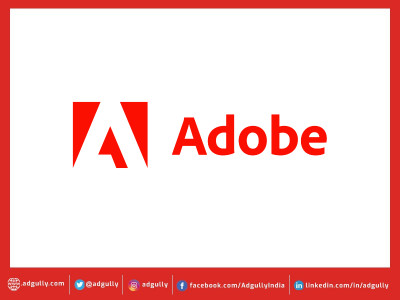
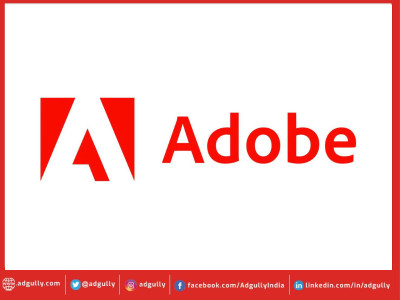
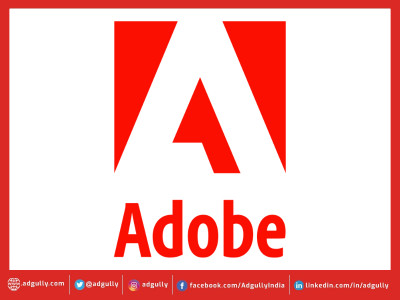



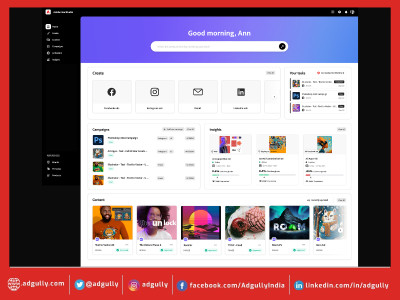

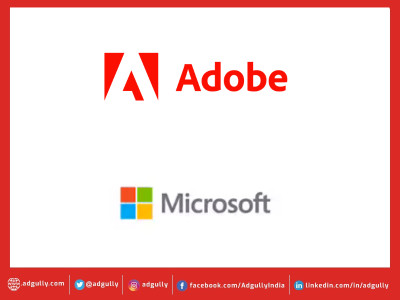
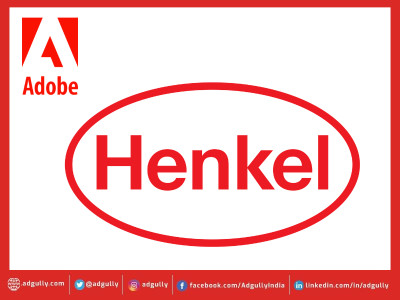
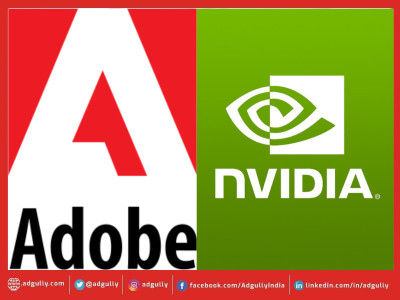




Share
Facebook
YouTube
Tweet
Twitter
LinkedIn